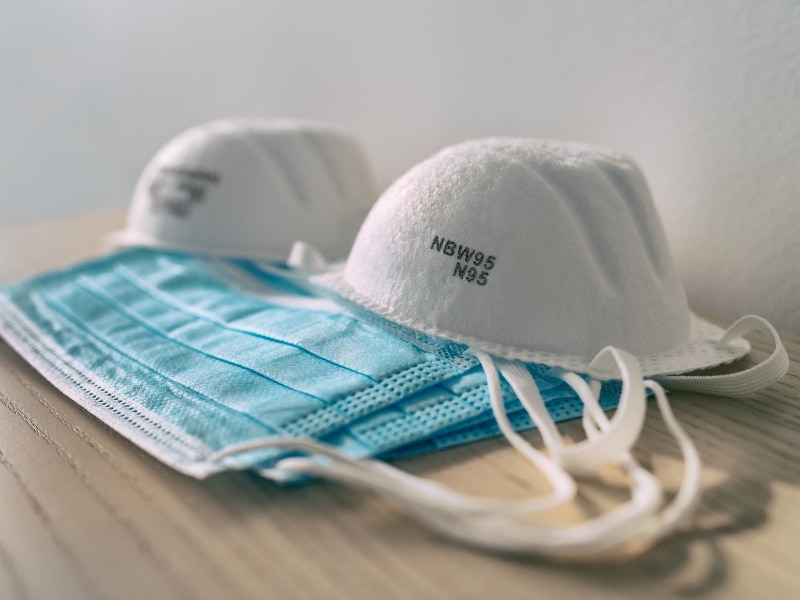All face masks are not created equal in our ongoing efforts to stop the spread of COVID-19. That’s especially true now that the highly contagious Omicron variant has become dominant.
Just as the virus has evolved, public health guidance has changed throughout the pandemic. Early on, Americans were advised to opt for cloth masks or surgical masks and to preserve more effective respirators like N95s for healthcare providers who needed them most to care for people infected with the coronavirus.
Times have changed, and this year the U.S. Centers for Disease Control and Prevention updated its guidance, saying it’s time to upgrade your masks and wear the highest quality face covering possible.
But now there’s a new problem: With so many more masks widely available, the choices can be overwhelming — N95s, KN95s, KF94s, and so on — and you may wonder if you need a degree to properly choose the right mask.
We’re here to help you sort out the best choices, with help from an expert on infectious diseases: Senait Woldai, MPH, CIC, LSSGB, manager of infection prevention and control at Methodist Charlton Medical Center. She helped us answer some of the most commonly asked questions about face masks:
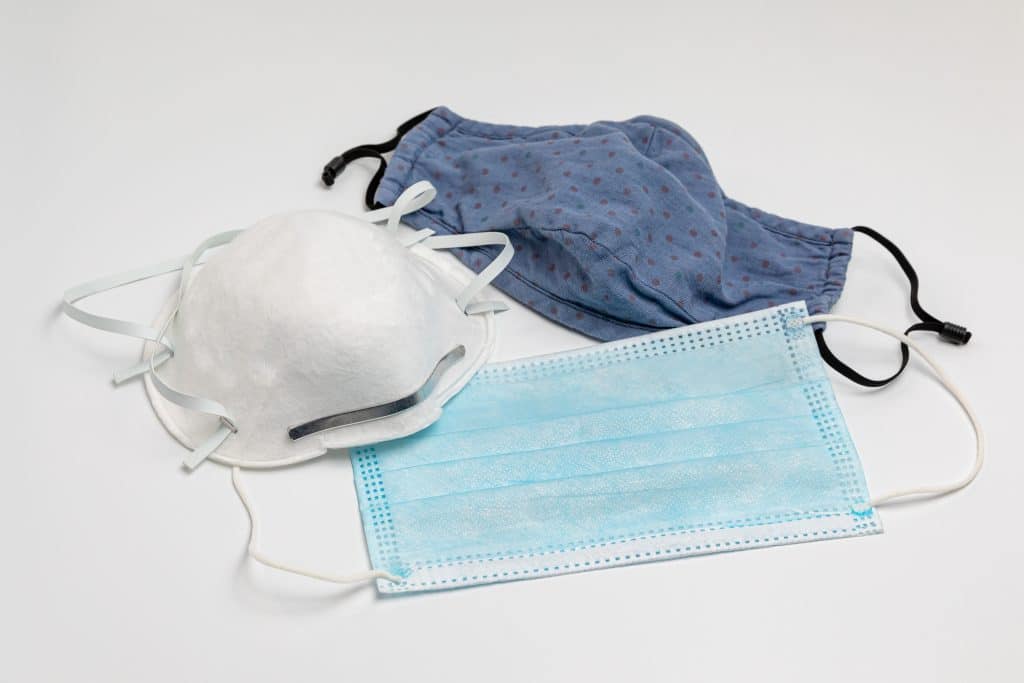
WHICH MASK IS BEST?
Let’s make the choices a bit less dizzying by dividing face masks into three categories:
- Cloth masks made from woven materials like cotton that can be washed and reused multiple times
- Surgical masks, the light-blue, loose-fitting disposable face coverings that we’ve become so used to seeing
- Respirators like N95s, KN95s, and KF94s, which are designed to fit tightly against the face and filter out 94% to 95% of airborne particles
In general, surgical masks are better than woven cloth masks, which have thousands of tiny holes and can’t filter out the tiny airborne respiratory droplets that Omicron uses to spread.
Surgical masks proved more effective than cloth masks in stopping the spread, according to a large-scale study conducted by researchers at Stanford University. But there’s a better choice.
“N95 masks have always been the gold standard since they provide the highest level of protection from COVID-19,” Woldai says. “They’re designed to fit your face and have been vigorously tested to filter out 95% of airborne particles.”
But what’s the difference between an N95, a KN95, and a KF94? Aside from slight differences in design, it’s all about where the masks were certified: N95s are inspected by U.S. regulators, while KN95s are made and tested in China, and the “KF” in KF94 stands for “Korea Filter.”
“These masks meet the Korean standard for protection, and they filter 94% of aerosol particles,” Woldai says.
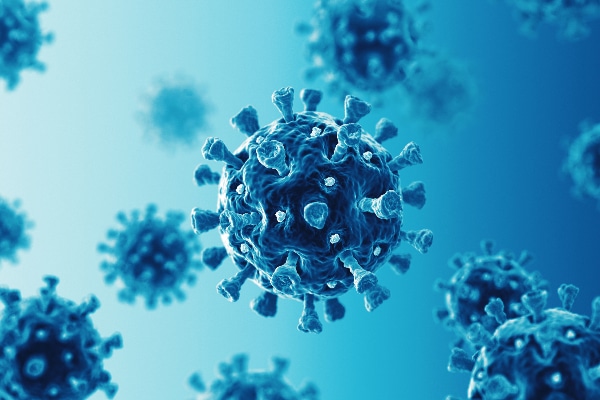
HOW DO THEY WORK?
To understand why respirators work best, consider how small the coronavirus is (about 0.1 micrometers) and how large, in comparison, the holes in a typical cloth mask are: up to 200 micrometers in diameter.
Cloth masks can still filter larger water droplets and have proved somewhat effective at protecting those around us from what we’re breathing out. But because Omicron is up to three times more contagious than Delta, it doesn’t take much exposure to the virus to penetrate those porous defenses and get us sick.
In comparison, surgical masks are far less porous because they are often made with multiple layers (try to pick one that’s listed at “3-ply”) that are not woven threads but manufactured from a polymer. Think of it like using a flour sifter rather than a chain-link fence to stop a mosquito.
Better still are N95 and KN95 respirators, which are manufactured with an electrostatic charge that traps incoming and outgoing particles like a magnet in their fine mesh.
“So they’re both highly effective in protecting us from COVID-19 and the latest variants,” Woldai says.

WHICH MASKS SHOULD WE AVOID?
High-quality masks are in high demand, and that means the market is full of counterfeits. But there are ways to spot a fake.
Every certified N95 should carry a stamp of approval and certification number from NIOSH, the National Institute of Occupational Safety and Health. NIOSH lists every product it has certified on the CDC website. Also, there’s no such thing as an N95 approved for children because NIOSH only regulates products for adults.
If a Chinese-made KN95 mask claims to be NIOSH-approved, odds are it’s a fake. Instead look for the codes GB 2626-2006 or GB 2626-2019 printed on the mask, proof that they have been certified for sale under an emergency use authorization (EAU) by the FDA.
Ear loops are another sure sign that an N95 is not the real deal. While KN95s and KF94s may attach around the ears, N95s have headbands, not ear loops.
Also, don’t wear masks that have valves or vents built into them. These respirators are made for use by construction workers, and allow the user to breathe in filtered air and breathe out unfiltered air through the valve.
“These designs can help protect the individual wearing the mask,” Woldai says, “but not the people around them. So, if you see someone wearing a mask like these, try to avoid being around them.”
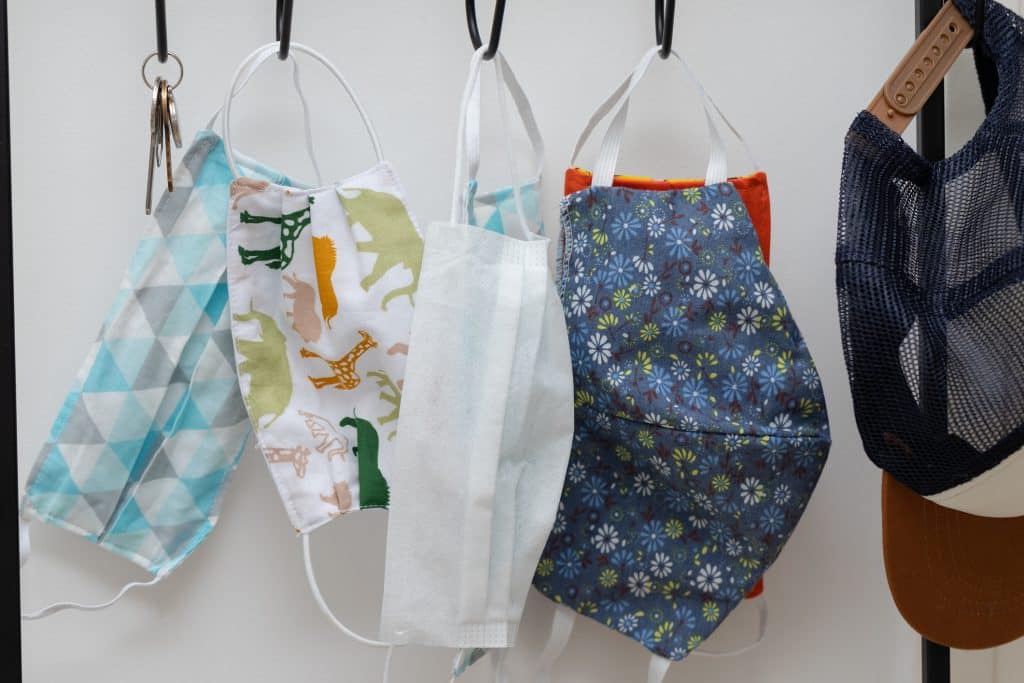
ARE OTHER MASKS USELESS?
Any mask is better than nothing, Woldai advises, so don’t toss those cloth masks and boxes of surgical masks just yet.
“Whatever you can wear to help stop the transmission of disease is going to be your best option,” Woldai says, “especially when you’re in public and around people you don’t live with.”
If you can’t find a higher-quality mask, consider doubling up. Wear a cloth mask on top of a surgical mask to reduce the gaps around the side and provide a better filter.
And if you’ve just dropped a pretty penny on some pricey N95s, there’s an easy way to make them last.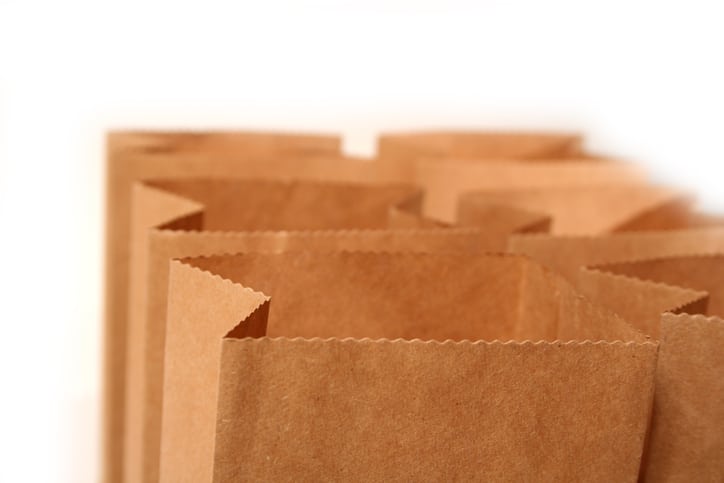
CAN I SAFELY REUSE MY MASK?
Months ago when N95s were in short supply, many healthcare providers practiced the “paper bag method” to safely reuse their masks. All you need is a rotation of a few good masks, a paper bag to contain the ones you’re not using, and a dry place to keep them for three days.
“The coronavirus can live on fabrics for up to three days,” Woldai says, “so you’d want to let your mask stay in the bag for no less than 72 hours.”
Never store your used masks in a plastic bag because condensation can build up inside and potentially create a breeding ground for microbial growth. Also, make sure to wash your hands after closing the bag because masks collect all sorts of bacteria, in addition to viral particles.
Finally, be sure to throw away any mask that has been visibly soiled, whether by dirt, sweat, or makeup.
“The last thing we want is for our masks to promote the spread of germs,” Woldai says. “Masks should play an important part in protecting us, even for the fully vaccinated, who are at risk for breakthrough infections with Omicron.”

